2018 has been a big year for big games, and with new titles from the Assassin’s Creed, Red Dead Redemption, Call of Duty, and Battlefield franchises all competing… it’s enough to make a gamer want to just quit and play something a little more low key. Here are some of the smaller, independent games we liked from this year and who they might appeal to.
Bonus: many of these can be gotten for less than $30, making them super solid/easy gifts. They aren’t for any particular platform or in any particular order, except that I’ve been playing the heck out of Ashen for the last couple days, so it’s first.
Ashen – for “Souls” lovers

Available on: Xbox One, Windows
(To be fair, this is less of an “indie” than the others on this list, some of which were made by one person, but it’s just off the beaten path enough to qualify.)
If you’ve ever heard your loved one talk about “builds,” really hard bosses, or which helmet completes their outfit best, they probably play games of the Dark Souls type. Ashen is a new action-adventure-RPG in the same vein but with a few notable twists. It has a lovely art style, a streamlined (but still byzantine) progression system, and an interesting multiplayer style where other players drop into your game, and you drop into theirs, with no real warning or interaction. It works better than you’d think, and I’ve already had some great experiences with it.
Yoku’s Island Express – for people who like both pinball and Metroidvanias

Available on: Switch, PS4, Xbox One, Windows
Don’t be fooled by the cuteness of Yoku’s Island Express. This game is both unique and well-crafted, a fusion of (believe it or not) pinball mechanics and gradual exploration of an enormous map. It’s definitely weird, but it immediately clicks in a way you wouldn’t expect. It’s a great break from the grim environments of… well, lots of the games on this list.
Dead Cells – for action fans who won’t mind “roguelike” repetition

Available on: PS4, Xbox One, Switch, Windows, Linux, macOS
The “roguelike” genre has you traversing procedurally-generated variations on a series of levels and progressing farther by improving your own skills — and sometimes getting a couple shiny new weapons or abilities. Dead Cells takes this genre and combines it with incredibly tight side-scrolling action and platforming that never gets old even when you’re going through the sewers for the 20th time. The developers were very responsive during Early Access; the game was great when I bought it early in the year, and now it’s even better.
Below – for atmosphere fans who won’t mind “roguelike” repetition

Available on: Xbox One, Windows
In some ways, Below is the opposite of Dead Cells, though they share a bit of DNA. This game, the long-awaited follow-up to Superbrothers: Sword and Sworcery EP by Capy, is a slow, dark, tense descent into a mysterious cave; it’s almost totally wordless and shown with a pulled-back perspective that makes things feel both twee and terrifying. The less said about the particulars of the game, the better (the gamer should discover on their own), but it may be fairly noted that this is a title that requires some patience and experimentation — and yes, you’re going to die on a spike trap.
Cultist Simulator – for the curious
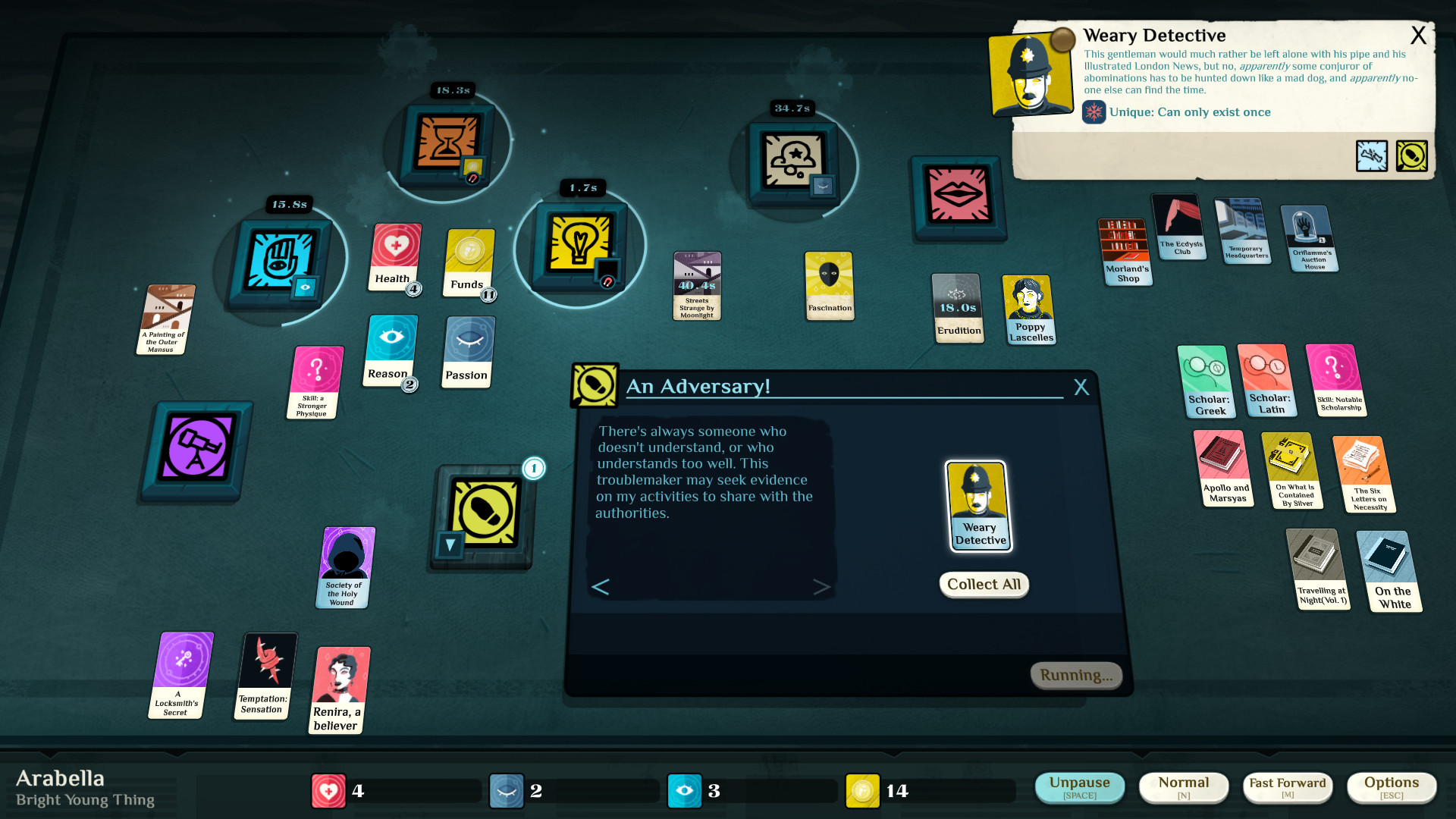
Available on: Windows, macOS, Linux
It’s very hard to explain Cultist Simulator. It’s an interactive story, different every time, told through cards that you draw and play, and which interact with each other in strange and wonderful ways. One card might be a place, another an action, another a person, all of which can be used, investigated, or sacrificed to other cards: ideas, drives, gods… it’s really quite amazing, even if you rarely have any idea what’s happening. But the curious and driven will derive great satisfaction from learning the way this strange, beautifully made machine works.
Return of the Obra Dinn – for the observant (and dedicated)

Available on: macOS, Windows
This game absorbed me completely for a few days earlier this year. Like the above, it’s a bit hard to explain: you’re given the task of determining the identities and fates of the entire crew of the titular ghost ship by using a magic watch to witness their last words and the moment of their death. That task, and the story it reveals as you accomplish it, grows increasingly disturbing and complex. The beautiful 1-bit art, great music and voice acting, and extremely clever construction make this game — essentially made by one person, Lucas Pope — one of my favorites of the year. But it’s only for people who don’t mind banging their head against things a bit.
Dusk – for connoisseurs of old-school shooters

Available on: Windows, Switch
If your loved one ever talks about the good old days of Quake, Half-Life, Unreal and other classic shooters, Dusk will be right up their alley. The chunky graphics are straight out of the ’90s but the game brings a level of self-awareness and fun, not to mention some gameplay improvements, that make it a joy to play.
CrossCode – for anyone who spent more time playing SNES Classic than AAA games this year

Available on: Windows, Linux, macOS
This crowd-funded RPG was long in the making, and it shows. It’s huge! A fusion of SNES and PSX-era pixel art, smooth but furious top-down action a la Secret of Mana, and a whole lot of skills and equipment. I’ve played nearly 20 hours so far and I’m only now starting to fill out the second branch of four skill trees; the overarching story is still just getting rolling. I told you it was huge! But it’s also fabulous.
Celeste – for the dexterous and those not inclined to anger

Available on: PS4, Xbox One, Switch, macOS, Windows, Linux
Celeste is one of those games they call “Nintendo Hard,” that elusive combination of difficulty and control that cause you to be more disappointed in yourself than the game when you die. And you will die in Celeste — over and over. Hundreds of times. It gleefully tracks the number of deaths on each set of stages, and you should expect well into three figures. The platforming is that hard — but the game is also that good. Not only is its pixel art style cute and the environments lovingly and carefully crafted, but it tells a touching story and the dialogue is actually pretty fun.
Overcooked! 2 – for friendships strong enough to survive it

Available on: PS4, Xbox One, Switch, Windows, macOS
Much like the first Overcooked, the sequel has you and your friends attempting to navigate chaotic kitchens, hazards, and each other as you try to put together simple dishes like salads and hamburgers for never-sated patrons. The simple controls belie the emergent complexity of the gameplay, and while it can be frustrating at first, it’s immensely satisfying when you get into the zone and blast through a target number of dishes. But only do it with friends you think you can tolerate screaming and bossing each other around.
Into the Breach – for the tactically minded

Available on: Switch, Windows, macOS, Linux
The follow-up to the addictive starship simulator roguelike Faster Than Light (FTL), Into the Breach is a game of tactics taking place on tiny boards loaded with monsters and mechs — but don’t let the small size fool you. The solutions to these little tableaux require serious thinking as you position, attack, and (hopefully) repel the alien invaders. Matt says it’s “perfect for Switch.”


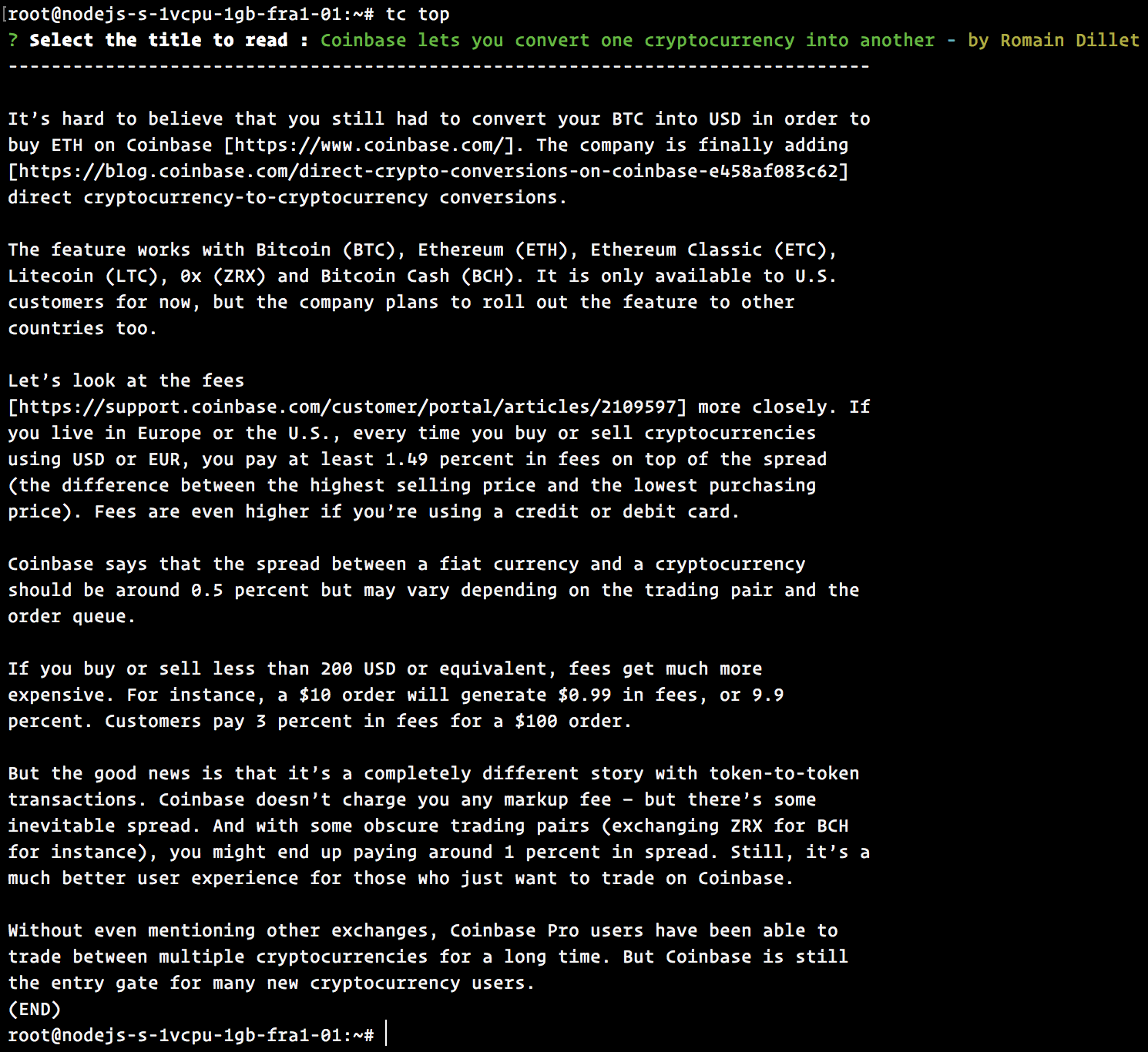

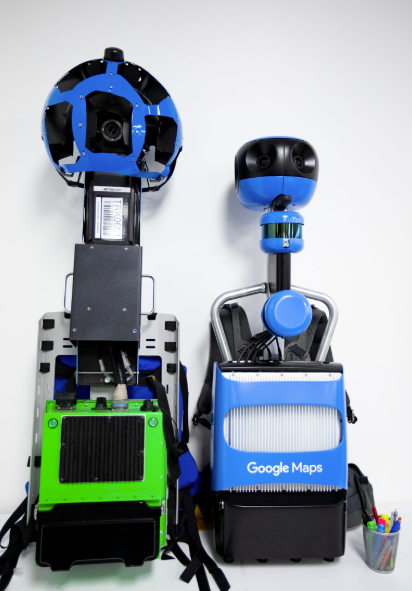 It’s not just a new design, though, Google also notes that the new Trekker features improved hardware that will allow it to capture better and sharper imagery, thanks to higher-resolution sensors and an increased aperture.
It’s not just a new design, though, Google also notes that the new Trekker features improved hardware that will allow it to capture better and sharper imagery, thanks to higher-resolution sensors and an increased aperture.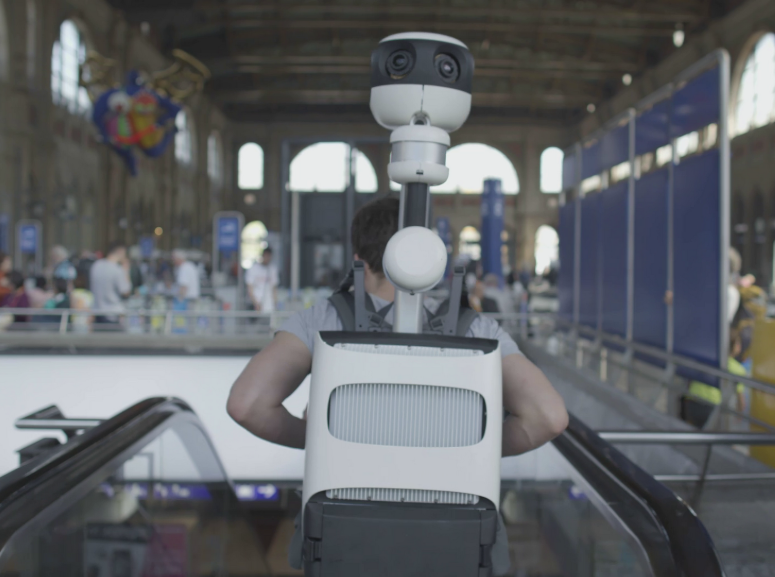
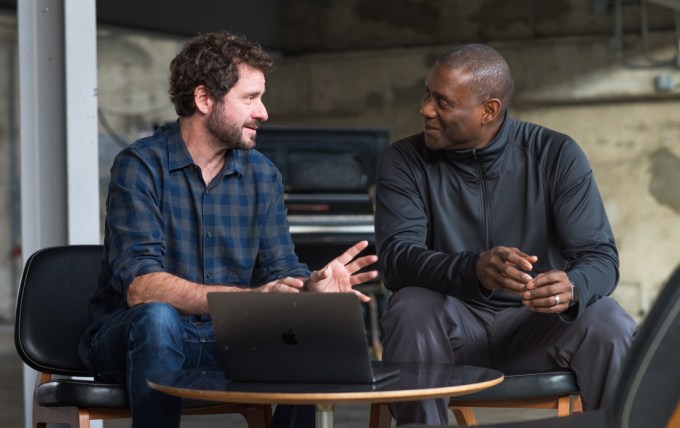
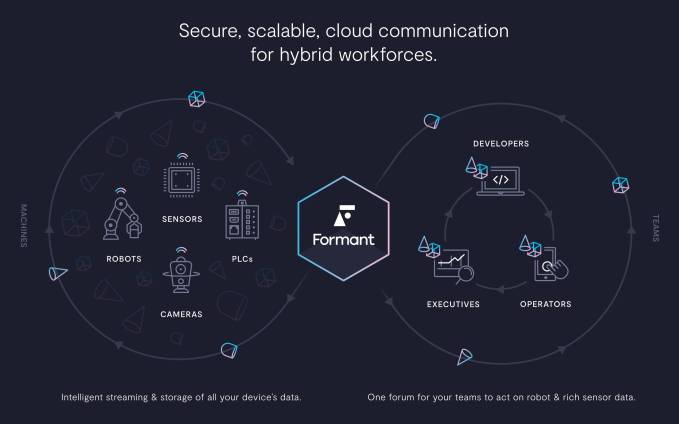

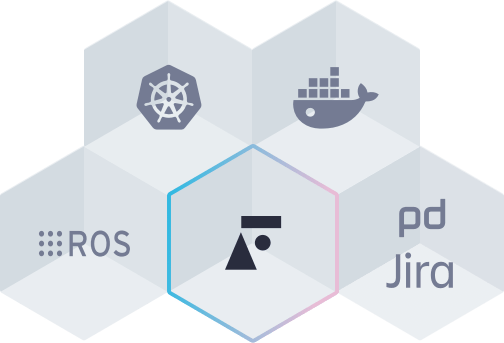 Linnell fears that companies that try to build their own robot management software could get hacked. “I
Linnell fears that companies that try to build their own robot management software could get hacked. “I